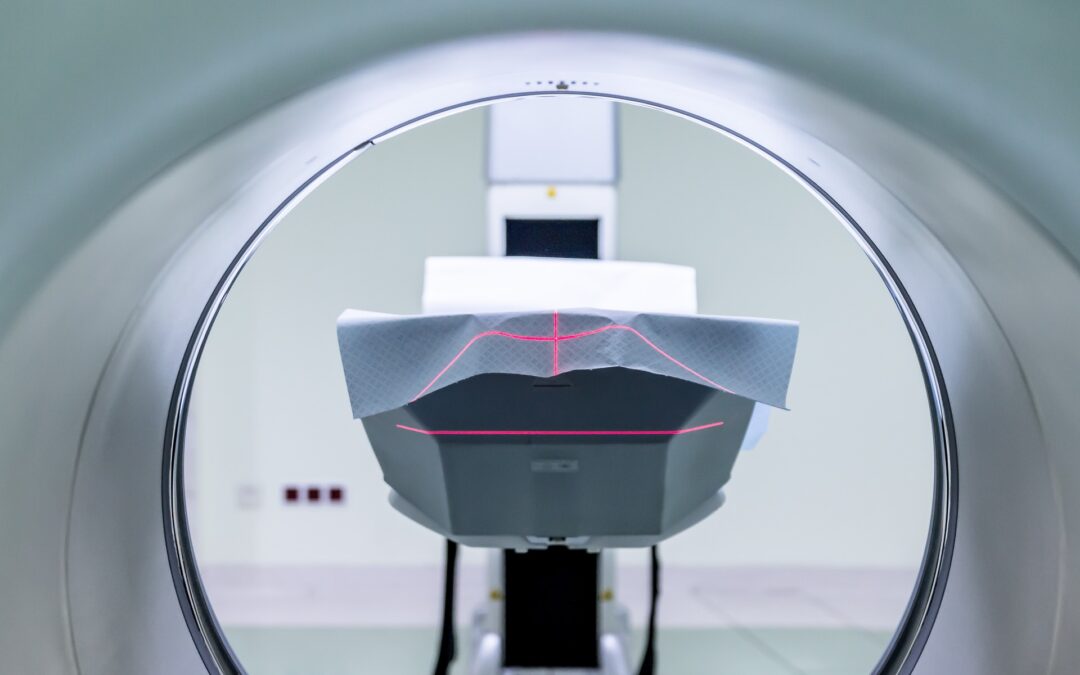Articular Cartilage Thickness Changes Differ Between Males and Females 4 Years Following Anterior Cruciate Ligament Reconstruction.
Pius A, Beynnon B, Fiorentino N, Gardner-Morse M, Vacek P, DeSarno M, Failla M, Slauterbeck J, Sturnick D, Argentieri E, & Tourville T. Journal of Orthopaedic Research. 2021. doi: 10.1002/jor.25142.
https://onlinelibrary.wiley.com/doi/10.1002/jor.25142?af=R
Take-Home Message
Males and females who have endured anterior cruciate ligament (ACL) reconstruction undergo different articular cartilage changes that are location dependent. These differences are important to guide osteoarthritis prevention strategies.
Background
Injuries to the anterior cruciate ligament (ACL) are disabling and accompanied by long-term rehabilitation programs and an increased likelihood of osteoarthritis. Specifically, a young and active person who sustains an ACL injury has a six-fold greater chance of developing osteoarthritis than an uninjured peer. Much of the contemporary literature has not examined if sex-specific differences relate to the long-term development of osteoarthritis.
Study Goal
Pius and colleagues studied males and females four years after an ACL reconstruction to identify sex-specific differences in articular cartilage changes.
Methods
The authors analyzed bilateral knee magnetic resonance (MR) imaging for 133 participants, with 76 having sustained an ACL injury (37 males and 39 females) four years prior and 57 that had uninjured knees (28 males and 29 females). The post-surgical population consisted of participants between 14 and 55 years of age, a BMI in the range of 18.5 to 30 kg/m2, a Tegner activity score exceeding five, and having had their reconstructive surgery within six months of the ACL injury. The 57 participants without a history of knee injury were age and BMI matched with no reported knee pain nor abnormal MR-based findings at the knee. The MR images were analyzed using software to establish articular cartilage thickness maps.
Results
Overall, the authors discovered that changes in articular cartilage thickness varied by sex and location: patella, femoral trochlea, femoral lateral condyle, femoral medial condyle, lateral tibia, and medial tibia. Specifically, changes in articular cartilage thickness following ACL reconstruction were bidirectional depending on anatomic location and sex compared to those without a history of a traumatic knee injury. The below bullets detail the group differences:
| % of Surface Area Changed by Sex | ||
| Region of Articular Cartilage | Females | Males |
| Patellar | 30% thickened / 3% thinned | 5% thickened |
| Femoral Trochlear | 26% thickened / 4% thinned | 2% thickened / 4% thinned |
| Femoral Lateral Condyle | 10% thickened | <1% thickened / 2% thinned |
| Femoral Medial Condyle | 2% thinned | 3% thickened |
| Lateral Tibial | 5% thinned | 18% thickened / 4% thinned |
| Medial Tibial | 18% thickened / 2% thinned | 17% thickened |
Viewpoints
The authors of this study identified that articular cartilage thickness patterns vary by location and sex after an ACL reconstruction. The articular cartilage changes (both thickening and thinning) are more significant in the knees of people who endured an ACL reconstruction when compared to a group without a history of knee injury. These findings lend to suggesting that the ACL injury/reconstruction could be causing degradation to the articular cartilage over time. The authors suggest these findings are important in driving the use of 3-D imaging techniques (such as MR imaging) to monitor osteoarthritis development. They also suggested that the differences in articular cartilage between sexes could help to drive sex-specific treatment strategies.
Clinical Implications
Clinicians should understand that articular cartilage thickness changes began just before return to pre-injury activity levels. The authors suggest that articular cartilage thickness changes could function as an early marker for osteoarthritis. Since MR imaging may not be feasible for clinicians at all levels, more accessible forms of imaging should be considered, such as ultrasound, especially for the femoral condyles. These imaging techniques may help identify a patient at risk for a poor long-term outcome.
Questions for Discussion
How would these findings change your perspective on the importance of ACL reconstructive surgery? What are your thoughts on the role of rehabilitative exercise and ACL surgery long-term outcomes? How would you use this information in your practice?
Related Posts
- Does Sex Impact Psychological Readiness to Return-to-Sport After ACL Reconstruction
- What Happens in the Family Stays in the Family: Inheriting a Risk of ACL Tears
Written By: Jeremy Howard
Reviewed by: Stephen Thomas


